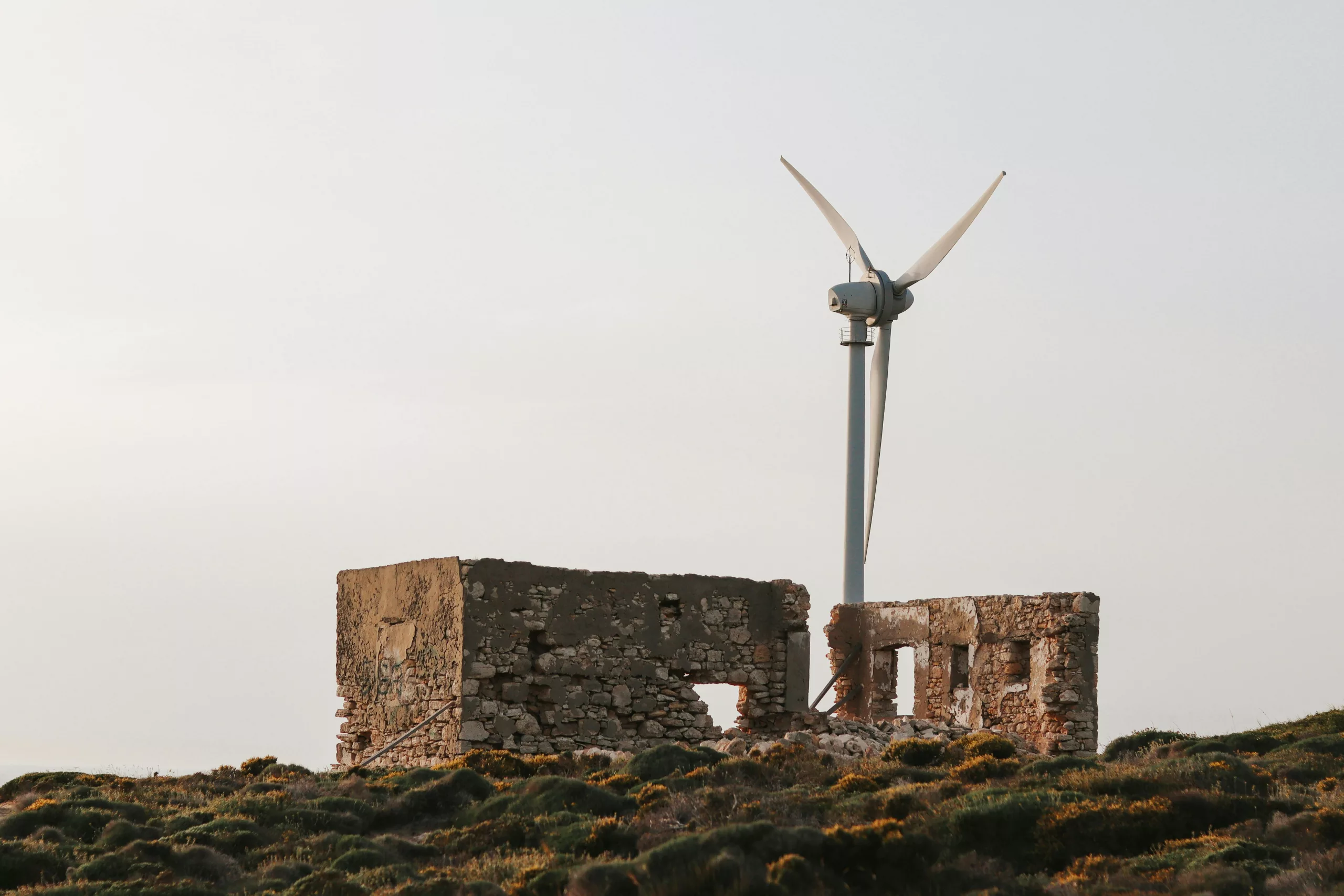Asia is poised for a seismic shift towards zero-carbon electricity during the mid-21st century. According to the International Energy Outlook 2023 (IEO2023), the Other Asia-Pacific (OAS) region, consisting of over 40 countries, is showing indicators that point to significant changes in how electricity will be generated, with a clear focus on reducing carbon emissions.
The Potential of Zero-Carbon Technologies
Among various sustainable options, zero-carbon technologies such as renewables, nuclear, and battery storage are particularly impactful due to their responsiveness to cost changes. These technologies are likely to claim a larger stake within the energy mix of the OAS as costs diminish.
Diverse Energy Scenarios and Assumptions
In exploring various prospects, IEO2023 outlines seven hypothetical scenarios, each framed within the boundaries of existing policies. Variation in the cost trajectory of zero-carbon solutions, especially in the Low Zero-Carbon Technology Cost case, hints at an accelerated decline in costs—up to 40% lower by 2050 for select technologies.
Rising Reliance on Zero-Carbon Electricity Generation
The pivot towards zero-carbon electricity generation is most apparent in the scenario where these technologies become more affordable. The potential for renewables, in particular, to corner the market is high, suggesting that reduced costs could lead to a diminished role for fossil fuels.
CO2 Emissions and the Path to Stabilization
Despite contributing less than 7% of the global CO2 emissions from the electric power sector in 2022, the OAS region is on a trajectory that could see its emission share rise significantly by 2050. However, a precipitous drop in the cost of zero-carbon technologies would likely trigger a stabilization of emissions sooner—a pivotal point in the battle against climate change.
Meeting Electricity Demand with Zero-Carbon Technologies
The future of electricity generation in OAS diverges significantly from 2030 onwards, based on the cost of zero-carbon technologies. If costs decrease, as illustrated in the Low Zero-Carbon Technology Cost case, nearly all the additional electricity demands could be met with zero-carbon sources, negating the need for increased fossil fuel generation.
Projecting Capacity Growth in Zero-Carbon Technologies
The anticipated growth in the capacity of zero-carbon infrastructure is substantial, with the potential to quintuple by 2050 in the most optimistic cost scenario. Predominantly, the expansion will be seen in solar, wind, and hydropower, with battery storage also playing a crucial supporting role. In contrast, fossil fuel capacity is expected to plateau, marking a shift in the region’s energy landscape.
The data presented by IEO2023 paints a hopeful picture for the future of energy in the OAS, one where the march towards zero-carbon electricity could lead to a more sustainable and low-emission future. The crux of this transition lies in the accelerated cost declines of clean energy technologies, ultimately shaping an energy sector that meets global demands in a climate-friendly manner.
